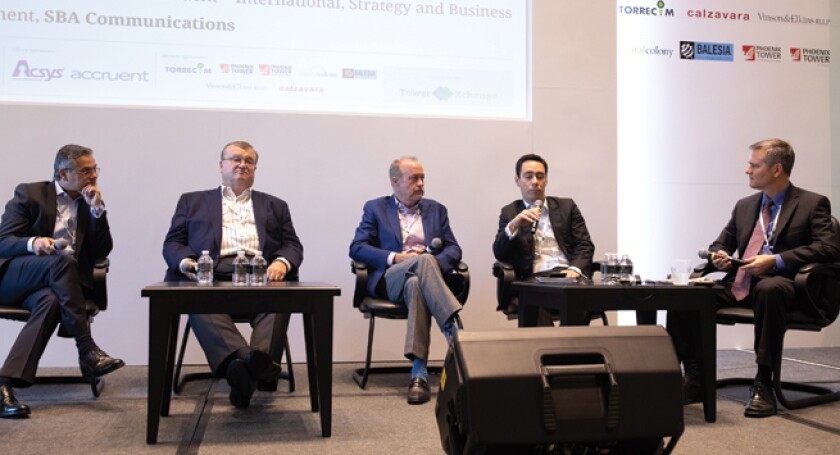During the 5th annual TowerXchange Meetup Americas, top executives from across the region got on stage for an overview of some of the changes and evolutions faced by the CALA tower industry. IFC’s Eric Crabtree moderated the session and was joined on stage by Peter Bendall from Macquarie, Eric Ensor, formerly in charge of Torres Andinas and now President of Quiet Water Associates, ATP Torres Unidas’ Diego Mahecha and David Porte from SBA Communications.
A crucial year of elections across the Americas
Ten countries across the Americas will face or have faced elections in 2018 (see figure one for details).

